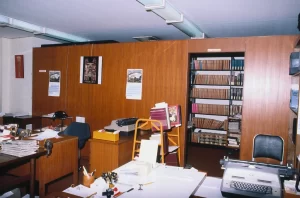articles
would you like
to know more?

Tidy up your firm before you sell it
When selling a house, an owner has a choice about whether to sell the house “as is, where is” or to do it up before putting it on the market. It might seem like an unnecessary amount of cost and effort to replace the kitchen, bathroom, and 20-year-old carpet when you won’t be the one

Transforming Law Firms: Not Just About Automation
Introduction: As legal automation experts, we understand the immense potential of improving and automating common legal processes to save time and streamline operations. We have a great track record of delivering successful automation projects for in-house legal teams with very strong returns on investment. However, law firms have been different. We have realised that merely

Creating Value in Your Law Firm: Embracing Subscription-Based Digital Solutions
Law firms are known for their profitability, but often the challenge lies in translating such financial success into capital value for the owners when they are looking to exit their practice. In this blog, I look at how forward-thinking law firm owners can create more value and recover much of it upon selling their ownership

Selling Skills and the Law – the myth of mutual exclusivity
“Sales” You know the sort of thing –Car Salesman stuff – like when Larry David needed to fulfil an old ambition and try his hand as one, in one of the more cringeworthy episodes of Curb Your Enthusiasm (If you have seen this you will know what I mean and if you haven’t then beware!!).

Legal Research – Some thoughts
Most of the talk these days is about AI. Anyone who has experimented with Chat GPT for example will know that the outputs are truly amazing, although there are many concerns about currency and accuracy. Enhanced, integrated and paid versions of AI will continue to develop, however, to a point where there will be consequences

Are .legal or .law domain names worthwhile?
Are .legal or .law domain names worthwhile? There are always new things on the internet: memes, startups, cloud services and more. People are also trying to come up with new ways to present domain names. One way of doing this is to create new Top Level Domains (TLDs). When the internet started examples included .com,